Growing Renewable Energy Integration
The increasing integration of renewable energy sources, such as solar and wind, into the energy grid is a primary driver for the superconducting magnetic-energy-storage market. As the share of renewables rises, the need for efficient energy storage solutions becomes critical to manage supply and demand fluctuations. Superconducting magnetic-energy-storage systems offer rapid response times and high efficiency, making them suitable for balancing intermittent renewable generation. In the US, the renewable energy sector is projected to grow at a CAGR of approximately 10% through 2025, further emphasizing the necessity for advanced storage technologies. This trend indicates a robust market opportunity for superconducting magnetic-energy-storage systems, as they can effectively support grid stability and enhance the reliability of renewable energy sources.
Support for Clean Energy Initiatives
The increasing support for clean energy initiatives at both federal and state levels is a crucial driver for the superconducting magnetic-energy-storage market. Policies aimed at reducing carbon emissions and promoting sustainable energy practices are creating a favorable regulatory environment for energy storage technologies. The US government has set ambitious targets for reducing greenhouse gas emissions, with a goal of achieving net-zero emissions by 2050. This commitment is likely to spur investments in superconducting magnetic-energy-storage systems, as they can facilitate the transition to a low-carbon energy future. The alignment of these initiatives with the capabilities of superconducting technologies indicates a promising outlook for market growth.
Increased Focus on Grid Modernization
The ongoing modernization of the US electrical grid is a significant driver for the superconducting magnetic-energy-storage market. As utilities seek to enhance grid resilience and reliability, the demand for advanced energy storage solutions is expected to rise. Superconducting magnetic-energy-storage systems can provide essential services such as frequency regulation, voltage support, and peak shaving, which are crucial for modern grid operations. The US government has allocated substantial funding for grid modernization initiatives, with investments projected to reach $100 billion by 2025. This focus on upgrading infrastructure creates a favorable environment for the deployment of superconducting magnetic-energy-storage technologies, as they align with the goals of enhancing grid performance and integrating renewable energy.
Advancements in Superconducting Materials
Recent advancements in superconducting materials are significantly influencing the superconducting magnetic-energy-storage market. Innovations in high-temperature superconductors (HTS) have led to improved performance and reduced costs, making these technologies more accessible for commercial applications. The development of new materials, such as iron-based superconductors, has the potential to enhance the efficiency and capacity of energy storage systems. As the US government invests in research and development, the market is likely to witness a surge in the adoption of superconducting technologies. The potential for these materials to operate at higher temperatures could reduce cooling costs and improve overall system efficiency, thereby driving growth in the superconducting magnetic-energy-storage market.
Rising Energy Costs and Demand for Efficiency
The increasing costs of energy and the growing demand for efficiency are driving interest in the superconducting magnetic-energy-storage market. As energy prices fluctuate, businesses and utilities are seeking innovative solutions to optimize energy usage and reduce operational costs. Superconducting magnetic-energy-storage systems offer high efficiency and rapid discharge capabilities, making them an attractive option for energy-intensive industries. In the US, energy costs have risen by approximately 15% over the past five years, prompting organizations to explore advanced storage technologies. This trend suggests a potential shift towards superconducting solutions, as they can provide significant savings and enhance energy management strategies.


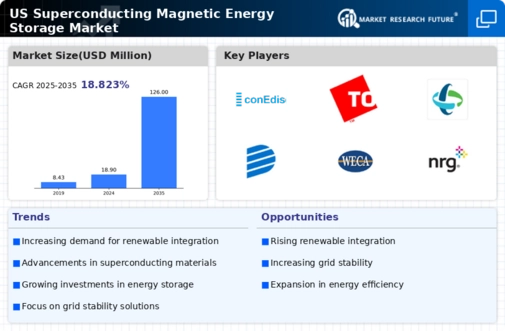

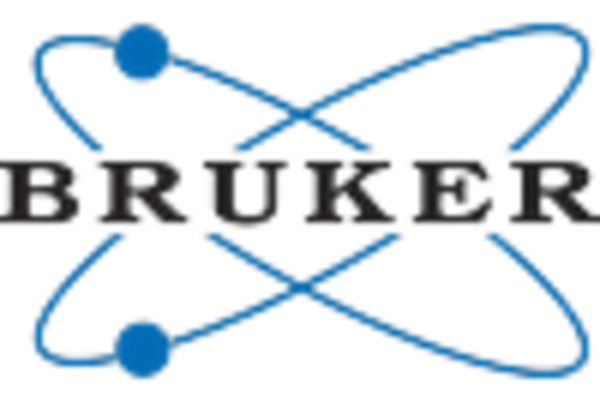
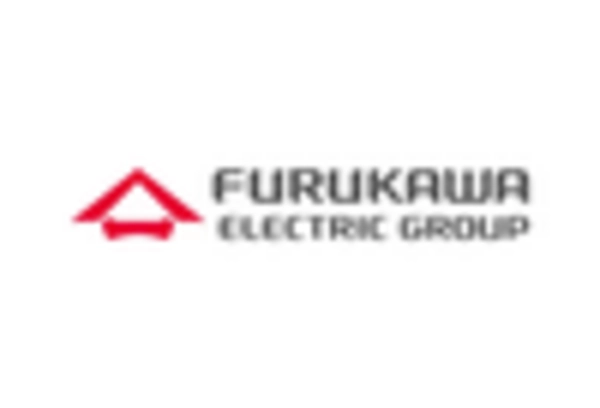

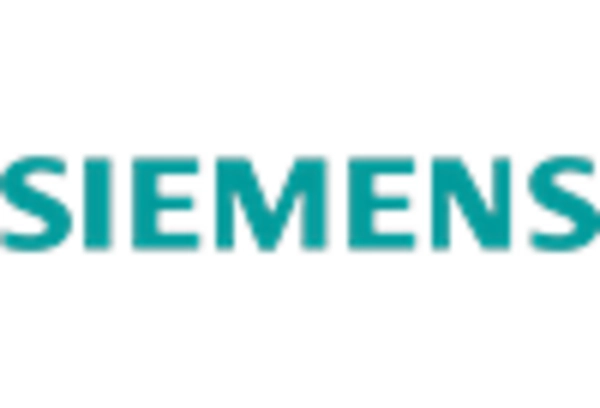
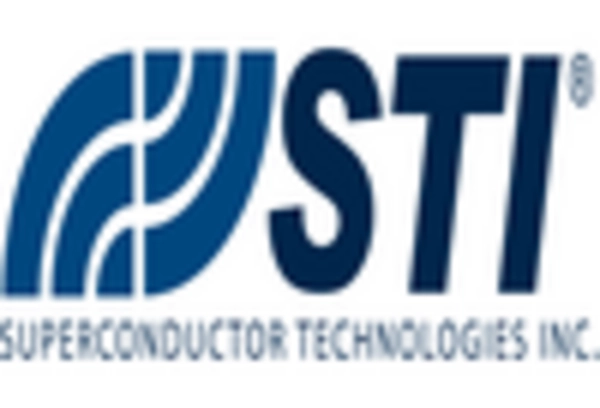








Leave a Comment